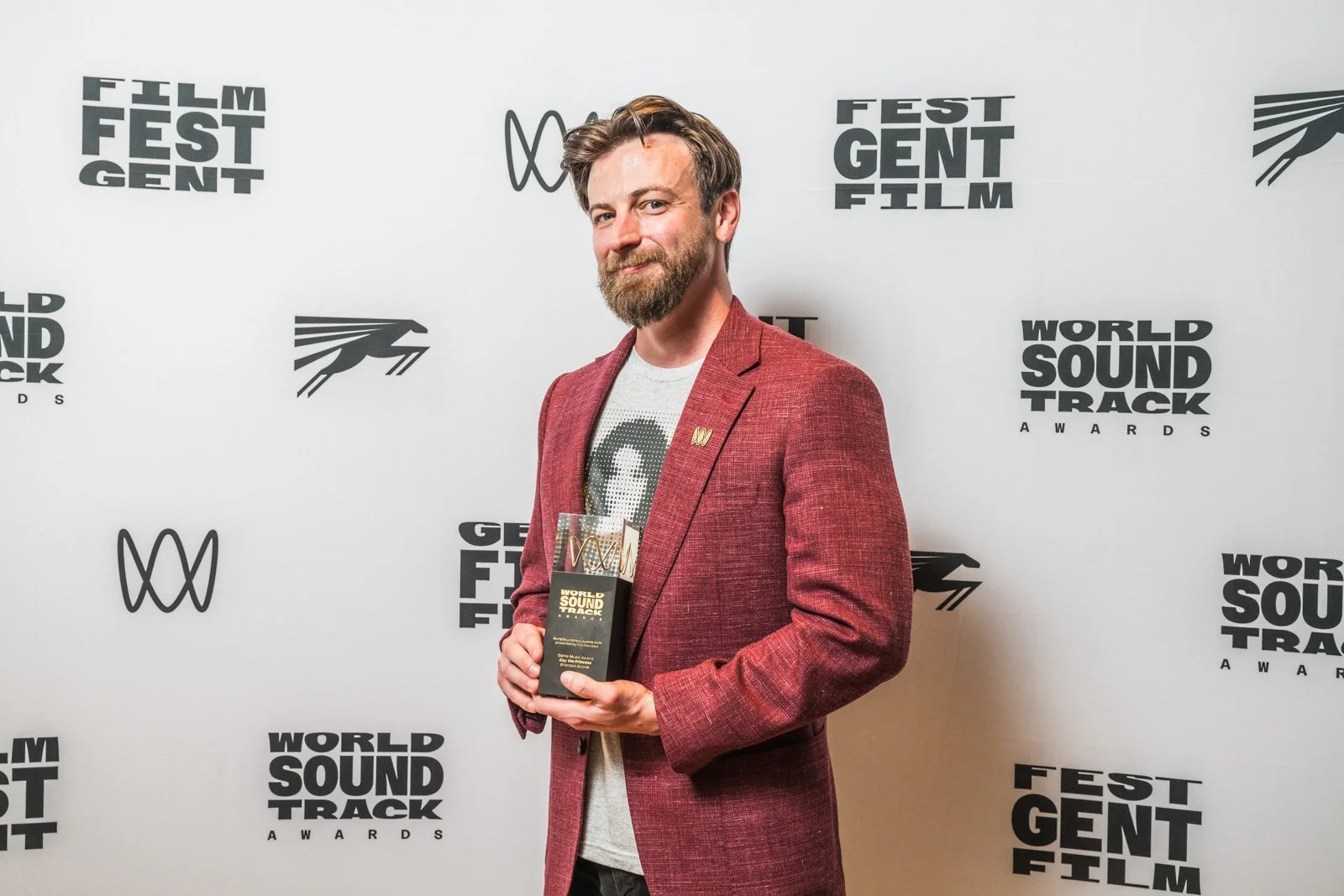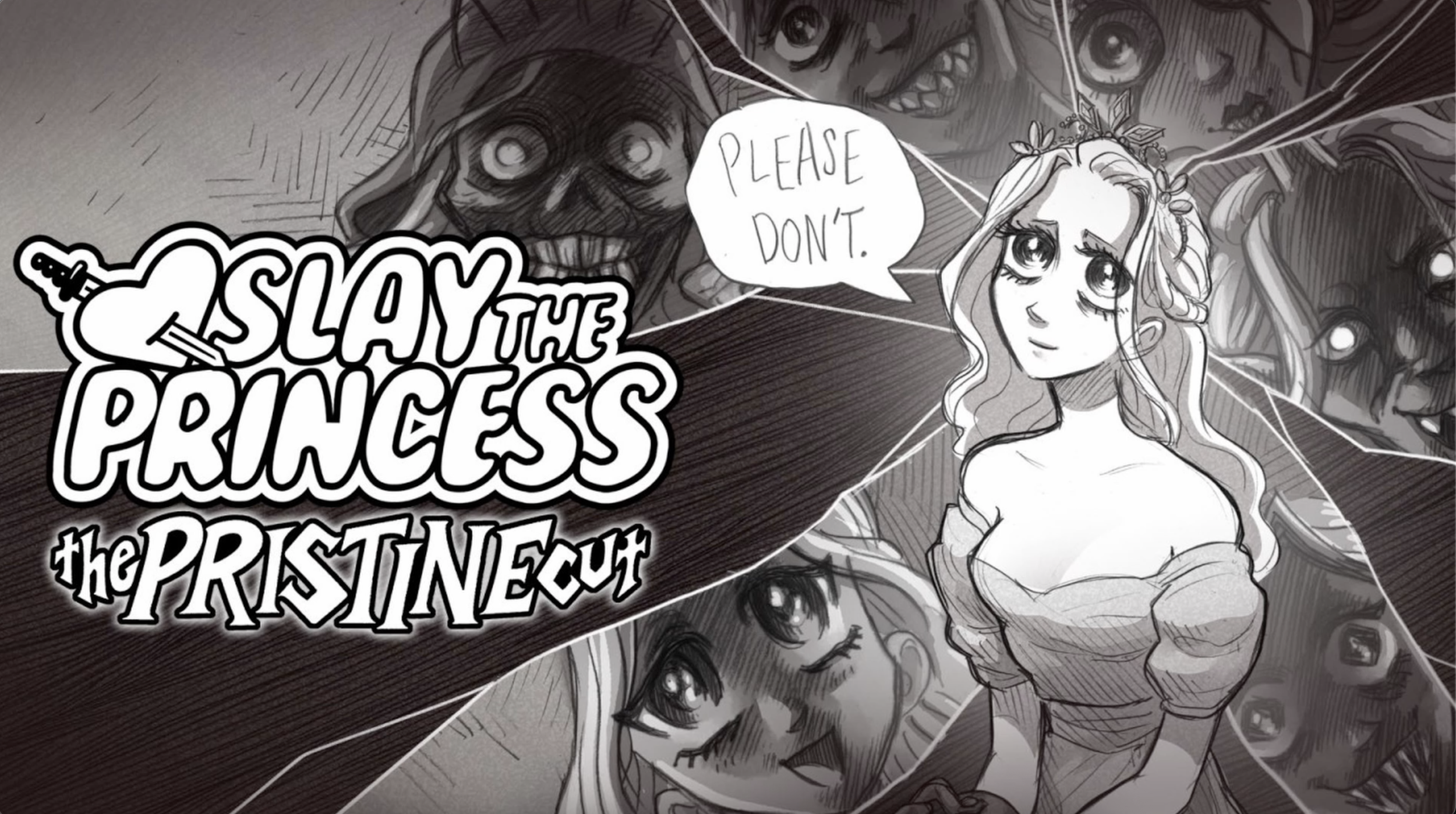🎶 How I Crafted Loops for Slay the Princess (2024 Game Music Award Winner)
When it comes to writing music for games, the ability to loop seamlessly and with variation is paramount. In my experience with creating loops for the game Slay the Princess, it’s important to create recognizable sections when putting a track together – this isn’t anything new to songwriting structure but it plays a different role when it comes to video games and implementation. You also have to be very intentional when creating your loop points, especially when using live instrumentation – the Slay the Princess OST contains strings from the Czech National Symphony Orchestra and vocals from Amelia Jones and was chosen as the winner in the 2024 Game Music Awards.
1️⃣ Sound Legos
I like to think of music as Sound Legos. While it’s important to have a piece of music that flows and maintains the tone of the scene, it is also important to keep its arrangement malleable in a way that would allow it to be rearranged. There are a few things to consider in order to achieve this in game-music writing.
1. When you first start arranging your track, keep your goal for the loop in mind as you build the structure.
2. Looping the middle of a melody can be jarring and disruptive.
3. Looping in a way that leads to a new key or chord can also be distracting.
2️⃣ Building Your Loop’s Structure
We want to compose the music in a way that each section (for the most part) can lead into another section. So, if the base track follows sections in an ABC format, where the A section leads to the B section, the B to C and so forth, then it is really helpful to write C in a way that it can loop back to the beginning of B. I always try to write in a way where it's never going to be too jarring to reset from a different point.
You can create a structure and you can use various shapes and colors to build and combine the blocks together, but it is also fun to be able to tear down and rearrange the blocks in new ways. In Slay the Princess, I arranged tracks to have Intro and Outro sections that would only play once, and the various middle sections of the track would each be designed to loop seamlessly. I have basically four different sections that I can loop back to at any point.
Of course, it’s difficult to give a one-size-fits-all example because your loop will be heavily dependent on the tone of the game or the scene. In some instances, a jarring chord change could make sense! This is where you trust your music sense and allow it to flow in a way that YOU feel is natural. It is always important to focus on what makes you unique – that’s just a general rule to follow.
3️⃣ Production
Now, the other consideration is the Production side of looping. This is the easy part. You can cut these loops into sections and implement them with Wwise or FMOD but you can also accomplish this in your DAW. For this process, I use Ableton Live. Ableton has this really cool type of processing audio where it will consider the tails and reverb as the loop happens. When you export as a loop, it will be implemented in a way where it loops without hearing an abrupt beginning or end.
The Main Takeaways
Ultimately, when crafting your loop, the main takeaways to consider are the arrangement, structure, and production.
Arrangement: You want to write chord progressions to be able to loop into one another. If you have a harsh cut between two conflicting chords going to a different key modulation or whatever it might be, that would be really jarring.
Structure: it’s important to have different sections in your track that you have the ability to loop back to, if the game state calls for it.
Production: a lot of developers prefer to cut loops in Wwise or FMOD, but you can handle it yourself inside your DAW. Just make sure you're able to export the files in a way to where they can loop into different parts of the track.
The process of crafting effective loops is kind of like taking your music and building a Lego set with it. Harness your creativity and experiment with intermingling parts of your track to add variation and interest to the way your music will be received by the player.



